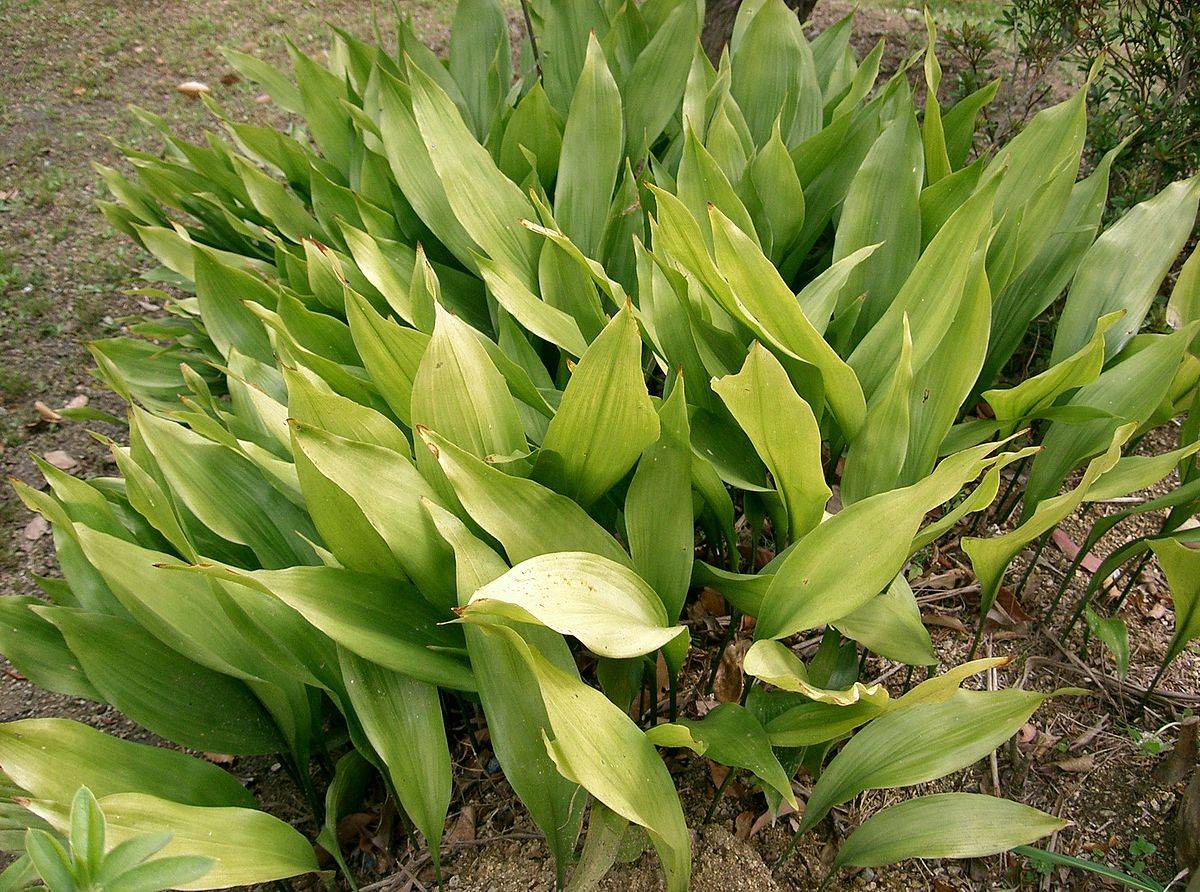Aspidistra, commonly known as the "cast iron plant," is a resilient and captivating species that has found its way into many homes and gardens due to its unique characteristics. Often celebrated for its ability to thrive under adverse conditions, the aspidistra holds more than meets the eye. Here are five fascinating facts about this intriguing plant:
1. Resilience Personified:
The aspidistra earned its moniker, "cast iron plant," for a good reason. This plant's robust nature allows it to withstand neglect, low light conditions, and fluctuations in temperature and humidity that would spell doom for many other plants. Its deep green, lance-shaped leaves have a waxy coating that reduces moisture loss, contributing to its ability to endure challenging environments.
2. Victorian Symbolism: During the Victorian era in the 19th century, the aspidistra became a symbol of respectability and endurance. It was often featured in literature and art of the time as an emblem of the middle-class values of perseverance and adaptability. Its association with these virtues made it a popular choice for home decor and gifting, and it remains an iconic plant in the history of indoor gardening.
3. Air-Purifying Abilities: Beyond its aesthetic appeal, the aspidistra offers practical benefits as an air-purifying plant. It has been shown to effectively remove toxins like formaldehyde and benzene from indoor environments. This quality, coupled with its minimal care requirements, makes it an excellent choice for homes and offices, especially in spaces with limited natural light.
4. Slow and Steady Growth: Aspidistras are known for their slow growth, which can either be viewed as a drawback or a virtue, depending on your perspective. This slow pace of growth makes them well-suited for low-maintenance gardening, as they don't require frequent repotting or aggressive pruning. Their unhurried growth also makes them an excellent choice for those who prefer to watch their plants evolve gradually over time.
5. Varied Species and Cultivars: While the classic aspidistra with its arching, dark green leaves is the most recognized, there are various species and cultivars within the aspidistra genus. Some feature variegated leaves with stripes or spots of lighter color, adding visual interest to the plant. These variations provide collectors and enthusiasts with an array of choices to match their preferences and interior decor.
In conclusion, the aspidistra's reputation as an enduring and unpretentious plant holds true, but its story encompasses much more than just resilience. From its historical significance to its air-purifying capabilities and slow growth, the aspidistra continues to capture the hearts of both experienced gardeners and novices alike. Whether you're seeking a touch of Victorian charm or a hardy companion for your indoor spaces, the aspidistra stands as a testament to the beauty and strength that nature can offer.


